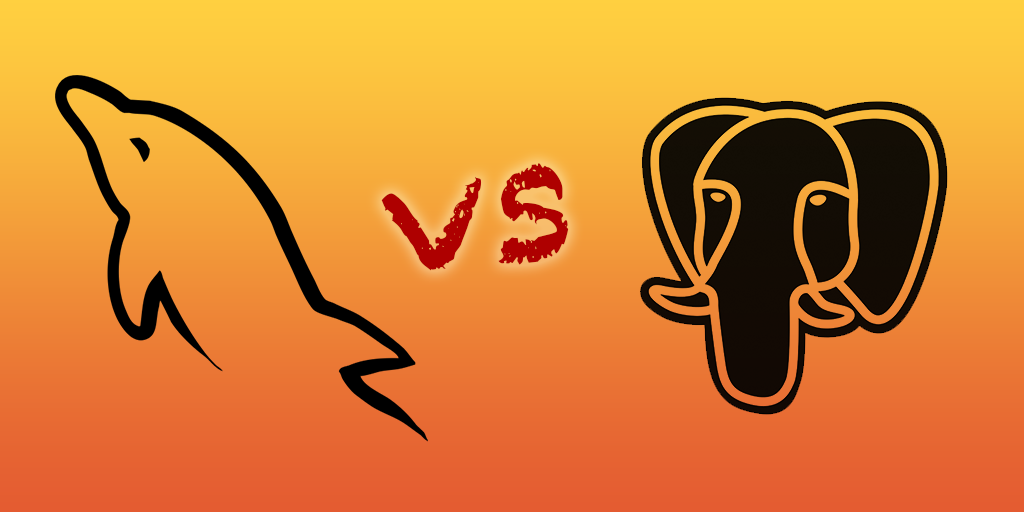
“If you’re really in that category, you know this is super interesting because it’s SQL and it’s amazing for 10 gig databases.”ĭevelopers can often get much of what they want from the basic core functions without the complexity of supporting a full-featured database. “I ran a database company before this and I think the thing people like me never want to talk about is just about everyone has a few sub-10 gigabyte databases.” said Kurt Mackey, the CEO of Fly. Other databases are designed with multiple threads to juggle more complex constellations of users.įor many smaller projects, this isn’t much of a limitation and some developers see it as a feature. SQLite is a basic, single-threaded system. Still, there are several differences between SQLite and the other projects.
SQLITE VS POSTGRESQL FULL
Just last week, Google announced AlloyDB, their version of PostgreSQL that offers full compatibility with some extra enhancements like a column store that can dramatically improve some workloads. Companies like PlanetScale, Yugabyte, Amazon, Oracle and Google are starting with either MySQL or PostgreSQL and then adding extra layers of features to improve reliability, scalability and more. Many other companies are doing the same thing with open-source databases. Developers can set up a scalable, resilient version of PostgreSQL in just a few clicks.

One of their main products is fully supported clusters of PostgreSQL. It’s easy to see where Fly got the idea to revise and extend an open-source database. It will stream updates to various object stores and FTP sites, so developers can trust that SQLite’s data will still be available and recoverable after trauma. They’ve announced that they’re supporting work on Litestream, an open-source project that adds background processing to SQLite. We always want to meet developers where they are.”įly is jumping in with the same goal.
SQLITE VS POSTGRESQL HOW TO
That’s the tool that I’m used to.’ I can probably figure out how to do what I need to do with but it’s just not where people are today. “Their answer has been, ‘Give me a database. “We asked many of our internal developers, ‘How do we get you to build more with Workers?’” said Kozlov. Developers who are more ambitious and need to keep track of more user states can adopt the platform. Data can be stored locally on an edge node and then eventually replicated throughout the world.
SQLITE VS POSTGRESQL CODE
Developers can write a few basic functions, pay only for the time that the functions run and also deliver lightning fast responses because the code runs on machines close to the user.Īdding SQLite helps developers provide more sophisticated applications. Lately, they’ve been adding products such as Workers or Pages that offer a serverless model of app deployment. They’ve built out hundreds of data centers near end users to provide fast responses. “The embedded nature of it also made a lot of sense, where the whole purpose of D1 is to make it really easy for our developers to be able to spin up a database right alongside their compute.”Ĭloudflare is rapidly expanding beyond its beginnings as a worldwide static cache.

“It’s a database for the edge model,” said Rita Kozlov, the senior director of product at Cloudflare. Join today’s leading executives at the Low-Code/No-Code Summit virtually on November 9.


 0 kommentar(er)
0 kommentar(er)
